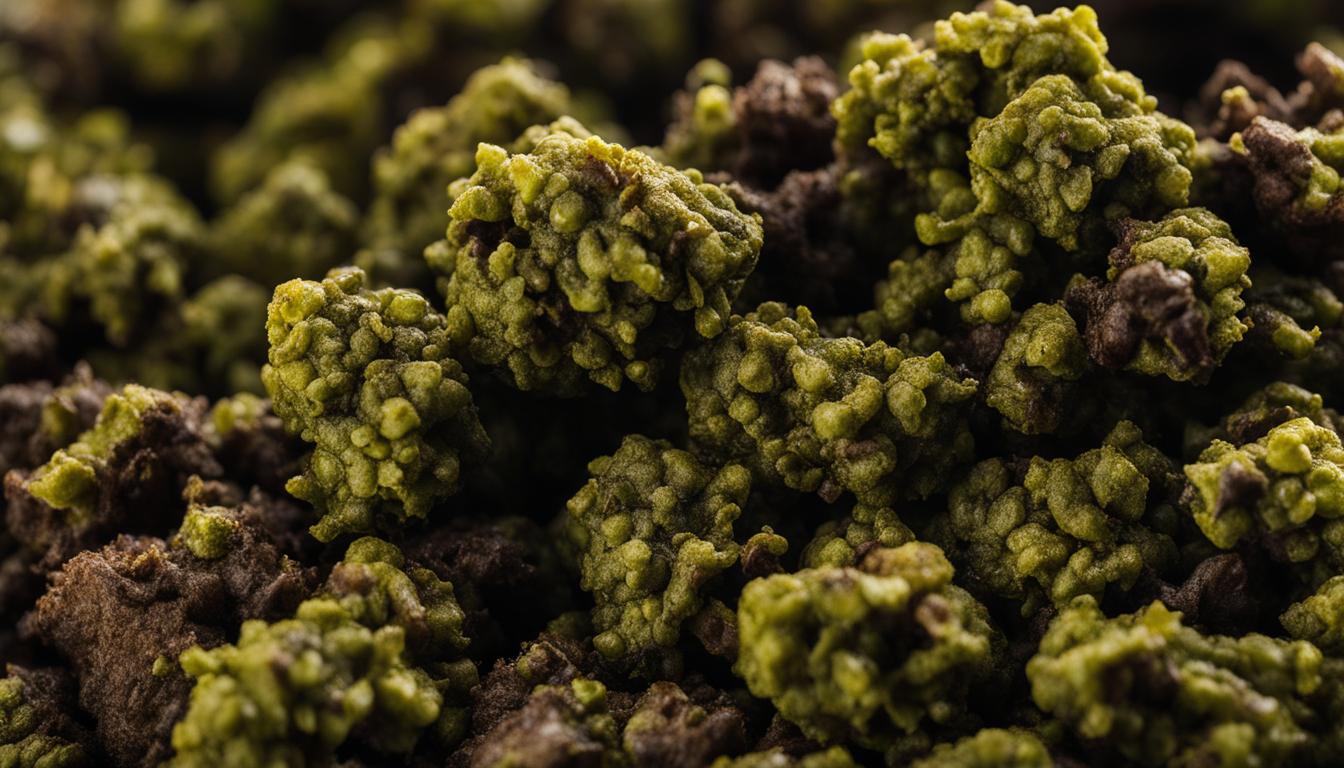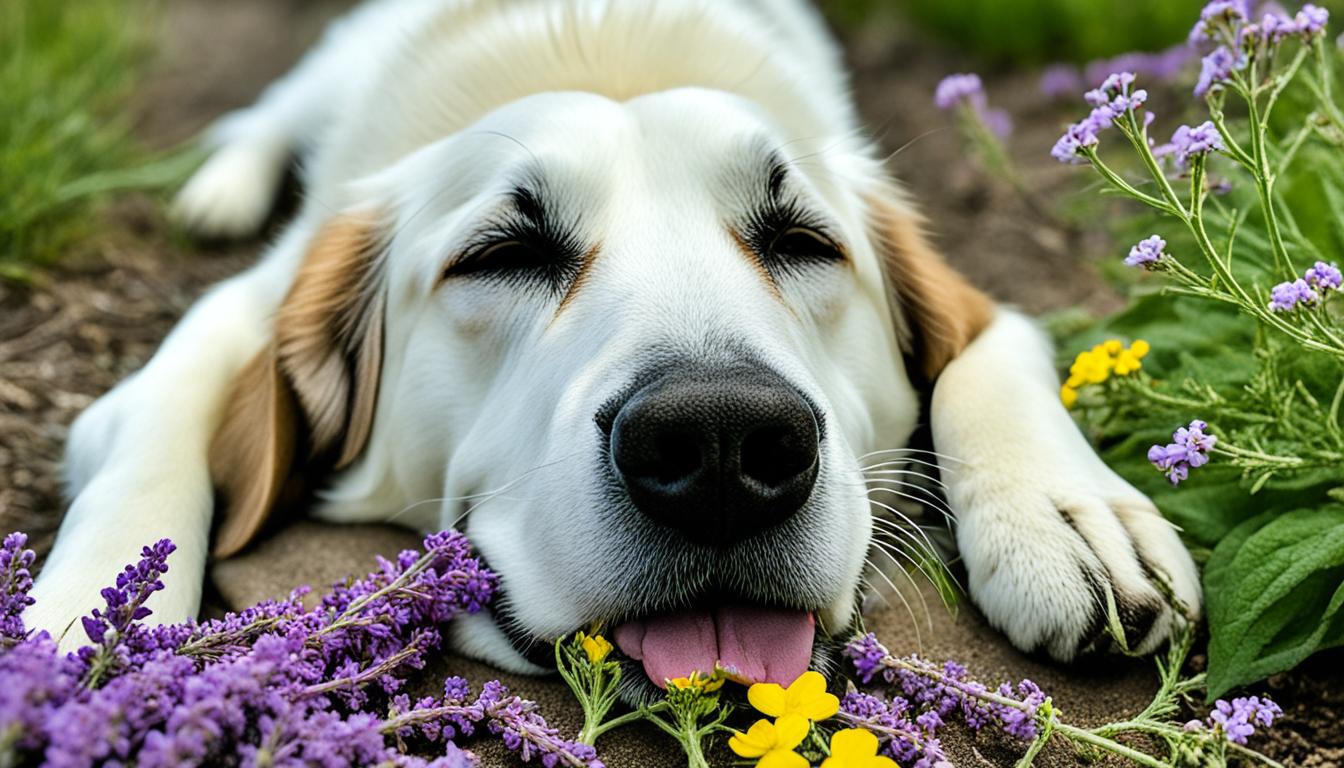Understanding Dog Allergies
Dealing with dog allergies can be a real headache for pet owners. Knowing what triggers these allergies and spotting the symptoms early can make a world of difference for your pup.
What Sets Off Dog Allergies?
Dogs can be allergic to all sorts of things. Here’s a quick rundown of the usual suspects:
-
Stuff in the Air: Things like pollen, dust mites, mold spores, and certain grasses can make your dog sneeze and itch. These allergens tend to be worse during certain times of the year, causing seasonal allergies in dogs (source).
-
Flea Bites: Flea saliva is a biggie. Just one bite can make a dog with flea allergy dermatitis scratch like crazy.
-
Food: Some dogs are allergic to ingredients in their food. Common culprits include beef, chicken, dairy, wheat, and soy. Figuring out which ingredient is the problem and cutting it out of their diet can help (source).
-
Touchy Stuff: Some dogs react to things they touch, like certain fabrics, cleaning supplies, or grooming products.
Some dog breeds are less likely to trigger human allergies because they produce fewer allergenic proteins. But remember, no breed is 100% hypoallergenic. If you’re allergic but want a dog, spend time with different breeds to see how you react (source).
Signs Your Dog Might Be Allergic
Dog allergies can show up in different ways. Keep an eye out for these signs:
-
Itchy Skin: If your dog is scratching, biting, or licking a lot, they might have allergies. This can lead to red skin, rashes, and even infections.
-
Runny Nose and Sneezing: Just like people, dogs can sneeze, have runny noses, and watery eyes when they’re allergic to something.
-
Tummy Troubles: Allergies can cause vomiting, diarrhea, or lots of gas.
-
Ear Problems: Allergic dogs often get ear infections, which can make them shake their heads or scratch their ears.
If you spot any of these symptoms, it’s time to see the vet. They might suggest allergy testing to figure out what’s causing the problem and how to treat it.
Knowing what triggers dog allergies and recognizing the symptoms is the first step to helping your furry friend feel better. Next, we’ll look at ways to manage these allergies, like special diets and regular grooming.
Managing Dog Allergies
Helping your dog deal with allergies can be a bit of a puzzle, but with the right steps, you can make them feel a whole lot better. Two big things to focus on are their diet and grooming habits.
Allergen-Free Diet
What your dog eats can make a huge difference in how they feel. Some dogs react badly to certain foods, so switching to an allergen-free diet can really help. First off, chat with your vet to figure out what might be causing the problem.
Hypoallergenic dog foods are designed to avoid common allergens like beef, chicken, wheat, and soy. Instead, they use proteins like duck, lamb, or fish, and carbs like sweet potatoes or peas. These foods have fewer ingredients, making it easier to spot what might be causing issues.
Your vet might suggest a food trial. This means feeding your dog a special diet for a while to see if their symptoms improve. It’s a bit of trial and error, but it can really pinpoint what’s bothering your pup.
Regular Grooming
Keeping your dog clean is another way to manage allergies. Regular grooming helps get rid of allergens that stick to their fur and skin.
Brushing your dog often removes loose hair and dander, which are common allergens. If your dog has long hair or sheds a lot, you might need to brush them more frequently. Use a brush that’s right for their coat type. This not only helps with allergies but also keeps their coat healthy.
Bathing your dog is also important. Use a gentle, hypoallergenic shampoo to avoid irritating their skin. How often you should bathe them depends on their specific needs and how bad their allergies are. Your vet can give you advice on this.
Don’t forget to keep their living space clean too. Wash their bedding regularly, vacuum your home, and maybe even use an air purifier to cut down on airborne allergens. These steps, along with a good diet and grooming routine, can make a big difference in managing your dog’s allergies.
For more tips on natural remedies and other ways to help your dog, check out our article on natural remedies for dog allergies.
Making Your Home Allergy-Friendly for Your Dog
Dealing with dog allergies can be a real pain, but creating a cozy, allergy-friendly home can make a world of difference for both you and your pup. Here’s how you can cut down on allergens and boost air quality to keep everyone breathing easy.
Cleaning Tips
Keeping your home clean is a must to keep allergens in check. Here’s how to do it:
- Vacuum Often: Grab a vacuum with a HEPA filter and go to town on your floors and furniture. Focus on spots where your dog loves to hang out.
- Wash Bedding Regularly: Dog beds can be a hotspot for allergens. Toss them in the wash with hot water to get rid of dander and pollen.
- Use Hypoallergenic Cleaners: Ditch the harsh chemicals and fragrances. Go for pet-safe, hypoallergenic cleaners that won’t irritate your dog’s allergies.
- Dust and Wipe Surfaces: Use a damp cloth to dust and wipe down furniture, countertops, and other surfaces where allergens like to settle.
- Keep Your Dog’s Area Clean: Regularly clean your dog’s toys, crates, and other stuff. Use pet-safe products to avoid any nasty reactions.
These cleaning tips can help cut down on allergens and make your home a more comfortable place for your dog.
Air Quality Control
Good air quality is just as important. Here’s how to keep the air fresh and clean:
- Use Air Purifiers: Invest in air purifiers with HEPA filters to snag airborne allergens like pet dander, pollen, and dust mites. Put them in rooms where your dog spends the most time.
- Keep Windows Closed: During allergy season or when pollen counts are high, keep the windows shut to keep outdoor allergens out.
- Use Air Conditioning: Air conditioning can help filter and circulate indoor air, reducing allergens. Don’t forget to clean the filters regularly.
- Control Humidity: Keep humidity levels in check to prevent mold and mildew, which can make allergies worse. Use dehumidifiers in damp areas and ensure good ventilation in bathrooms and kitchens.
- Groom Your Dog Regularly: Regular brushing and bathing can help remove loose fur and dander, cutting down on allergens in your home.
By following these air quality tips, you can create a more comfortable environment for your dog.
Remember, while these tips can help, it’s always a good idea to chat with your vet for a full plan to manage your dog’s allergies. For more info on natural remedies and other treatments, check out our article on natural remedies for dog allergies.
Getting the Right Help for Your Dog’s Allergies
Natural remedies can be a lifesaver for dog allergies, but let’s be real—sometimes you need a pro. A vet can give you the lowdown on what’s really bugging your pup and how to fix it.
Chatting with the Vet
First things first, book that vet appointment. Your vet knows their stuff and can pinpoint exactly what’s making your dog itch and sneeze. They’ll check out your dog, ask about symptoms, and dig into their medical history.
Picking the right vet is key. Look for someone with good experience and a solid reputation. The American Veterinary Medical Association has some great tips on choosing the right vet.
Allergy Testing: What’s the Deal?
Allergy testing can be a game-changer. It tells you exactly what your dog is allergic to—whether it’s pollen, dust mites, or something in their food.
There are a couple of ways to do this: blood tests and skin tests. Blood tests check for antibodies that react to allergens. Skin tests involve injecting tiny amounts of allergens under the skin to see how it reacts.
Usually, a vet dermatologist or allergy specialist handles these tests. The results help create a game plan to tackle your dog’s allergies. Talk to your vet about whether allergy testing makes sense for your dog. For more info, check out the American College of Allergy, Asthma, and Immunology’s guide on allergy testing and PetMD’s article on allergy testing in dogs.
Wrapping It Up
Getting professional help can make a world of difference for your dog’s allergies. With a vet’s guidance and possibly some allergy testing, you’ll know exactly what you’re dealing with and how to treat it. Follow your vet’s advice and keep using those natural remedies we talked about in our article on natural remedies for dog allergies. Your dog will thank you for it!








